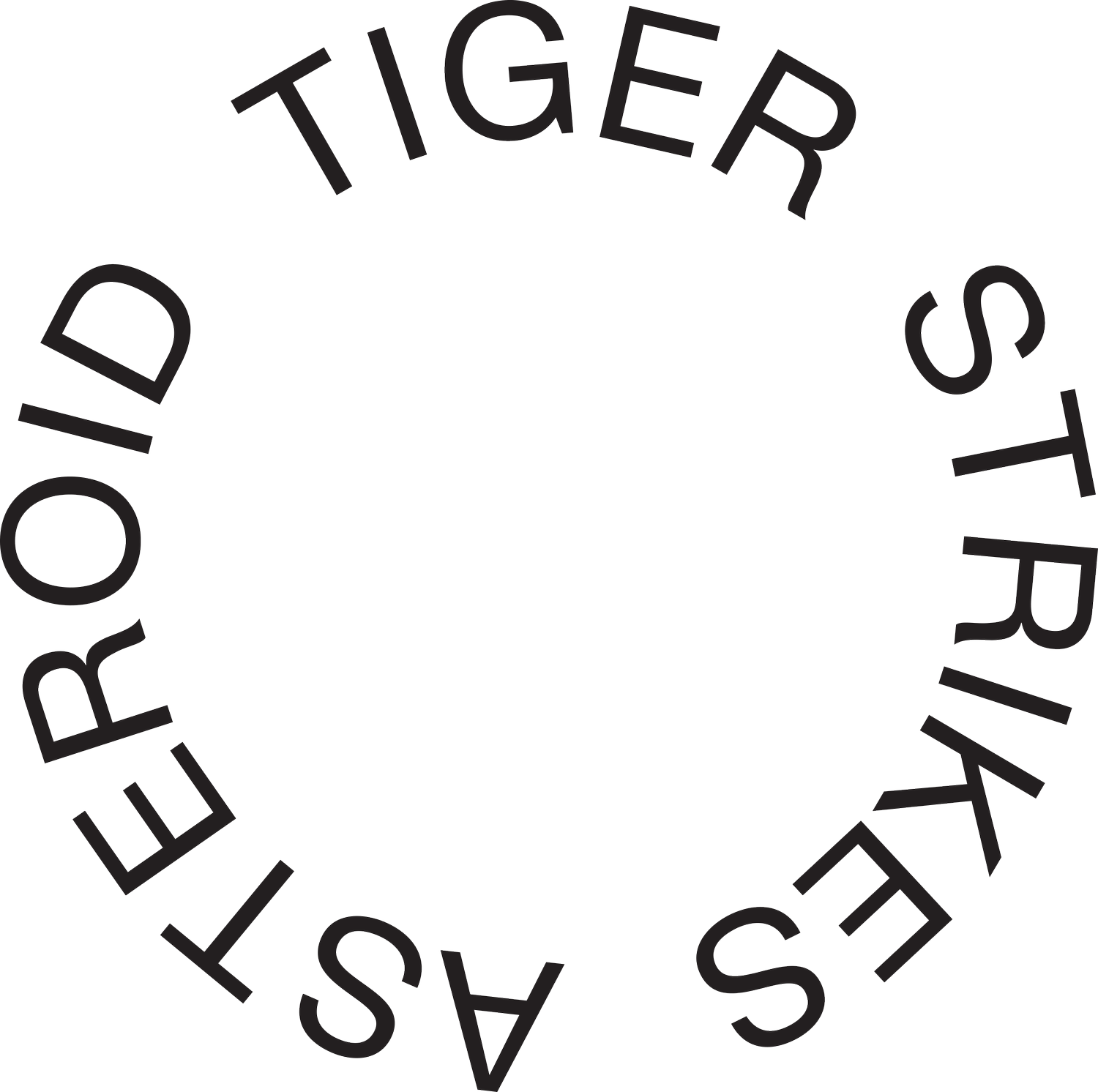Ashton Phillips, Looking Glass, 2024, Site-specific hanging installation of 16-20 acrylic sheets, pollution-consuming mycorrhizal egg tempera paint,“dirty job”marker,and acrylic ink,hanging hardware and wire, Dimensions Vary (8 x 10 inches approx. each)
LOS ANGELES
Ashton Phillips: Worm Hole - A Portal For Plastic Bodies
Apr 27 - May 26, 2024
Opening Reception: Sat, Apr 27, 7 - 10 pm
Closing & Reading: Sat, May 25, 1 - 5 pm
Tiger Strikes Asteroid Los Angeles is pleased to present Ashton Phillips: Worm Hole - A Portal For Plastic Bodies. Worm Hole uses sound, text, chromatic light, and pyres of partially-metabolized polystyrene plastic, preserved in egg tempera, beeswax, and mealworm-fertilized mud, to transform the gallery space into a speculative portal for plastic bodies. At a time when trans and nonbinary people are being targeted by statehouses, neo-fascist Tiktok celebrities, and schoolhouse bullies, Worm Hole imagines a cosmic pathway to an alternative reality where the plasticity of material bodies, including their capacity to morph shape, transmute substance, and heal, is celebrated and revered.
Stacked Pyres of partially-metabolized styrofoam rubble populate the gallery floor, like the towers of wood that were once assembled to “test” the godliness of those accused of witchcraft and other heresies. But there are no witches here to burn, only carbon trapped in a toxic industrialized form, waiting to be released into its fluidity. Spotlit from below with pink and blue grow lights like karaoke superstars or prize fruit trees from a speculative postnatural food forest, these Pyres stand on a stage of loose, post-plastic earth, gathered from local sites with a history petroleum extraction and military occupation. Poisoned yet fertile, this dirty ground holds both the toxic traces of petro-colonial exploitation and the nutrient-rich possibilities of plastic transformed into nitrogen and calcium-rich fertilizer by this trans ecosystem of shapeshifting creatures.
Mealworm-shaped Swarm Pots collect and hold this damaged, yet vibrant, earth, in handbuilt vessels around the gallery, raising it up like an imperfect offering of trans/more-than-human care for the castoff fragments of parking lot cacti that now grow inside them.
Looking Glass - a suspended collage of overlapping translucent plastic inscribed with poetic “facts,” semi-translucent pools of pollution-consuming mycorrhizal fungal egg tempera, lacy prints of partially-metabolized styrofoam, and more-than-human language - hangs in space between the main gallery and its large composite window. Looking Glass intervenes in space and disrupts the unmarked gaze, transforming the view of Los Angeles through the gallery’s large window into a kaleidoscopic cityscape of purple, text, and more-than-human gesture, like a portal to a different outside world. Composed of reflective materials that also cast color and shadow into the gallery space, Looking Glass acts on the observer as much as it acts on the observed, requiring viewers to accept the possibility of being written and marked upon by these plastic bodies as a precondition of looking at and through them.
Worm Hole also features a new series of worm-hole shaped wall works, which reference the shapes that the mealworms eat into the styrofoam, expanded up to human mouth/body scale. These irregularly shaped forms are built of shaped plywood frames, covered in stretched and sewn translucent vinyl, plexi, and insect netting and filled with styrofoam particulate, dirt, and the dehydrated flowers that once nourished the mealworms as they metabolized this plastic. These Worm Holes are mounted on to the wall of the gallery to suggest that the architecture of the space itself may be more plastic, more ecological, and more capable of metamorphosis and repair less stable than it appears.
A motion-activated sound installation floods the space with a textural, meditative, and ASMR-like soundscape of studio and field recordings relating to this work: insect and dirt recordings from the artist’s studio mix with sounds from sites where this styrofoam was recovered, including sounds from a particularly polluted beach and a nearby field of pumpjacks. Spell-like and spatial, this sonic field reaches out to all of the plastic bodies that enter the space, like an invitation to another realm where we might go together to eat and be eaten, fall apart and recombine, rest and heal.
On April 27th at 7pm, the artist will perform an activation to open up the Worm Hole, using touch, movement, and sound to connect and expand the materiality of the space and the plastic bodies within it.
A closing reception will also be held on Saturday, May 25th with readings from the Phillips’ Trial by Pyre - a poetic, nonlinear research brief of facts assembled through the artists’ experimental and materially-driven practice, including meditations on plastic, metamorphosing mealworm/beetles, purple, (anti) transness, environmental justice, evolutionary biology, testosterone, and pump jacks.
________
Ashton Phillips Ashton S. Phillips is an interdisciplinary artist based in Los Angeles, California, working directly with the earth, water, pollution, and more-than-human agents of (dis)repair as primary materials and collaborators. He is interested in the transness of material, the plasticity of bodies (human and nonhuman), and the promise of queer/trans ecological praxis, including interspecies collaboration, experimental “play,” and speculative (un)making, as pathways for making meaning, building resiliency, and generating new forms of knowing/feeling/being in the late Capitalocene. Recent solo exhibitions and public art commissions include Womb/Tomb/BooM-A Refuge for Plastic Bodies at Maryland Institute College of Art; Feast + Famineat Cerritos College Art Gallery; becoming plastic/insect/ear that Baldwin Hills Scenic Overlook in Culver City, CA; SkyBurial at The Audubon Center, Debs Park, Los Angeles, CA; and Reflections at Glendale Central Park, Glendale, CA. His work has also been featured in Bmore Art Magazine, Art and Cake, The Gallup Independent, The Gallup Sun, Albuquerque Magazine, and The Santa Fe Reporter. Ashton holds an MFA in Studio Art from the Maryland Institute College of Art; a JD from the George Washington University Law School; and a BA from the University of Maryland, where he served as the first openly trans president of the university’s LGBT student caucus. His critical and creative writing have been published by Cambridge University Press, Art and Cake, and Antennae-The Journal of Nature In Visual Culture (forthcoming).He is a resident artist at Angels Gate Cultural Center in San Pedro, CA, where he maintains a colony of polystyrene-metabolizing mealworm/beetles and a plastic-fertilized garden as trans ecological praxis, and a founding member of Pure Filth Society-an experimental sound, sculpture, and performance project
https://ashtonsphillips.com/

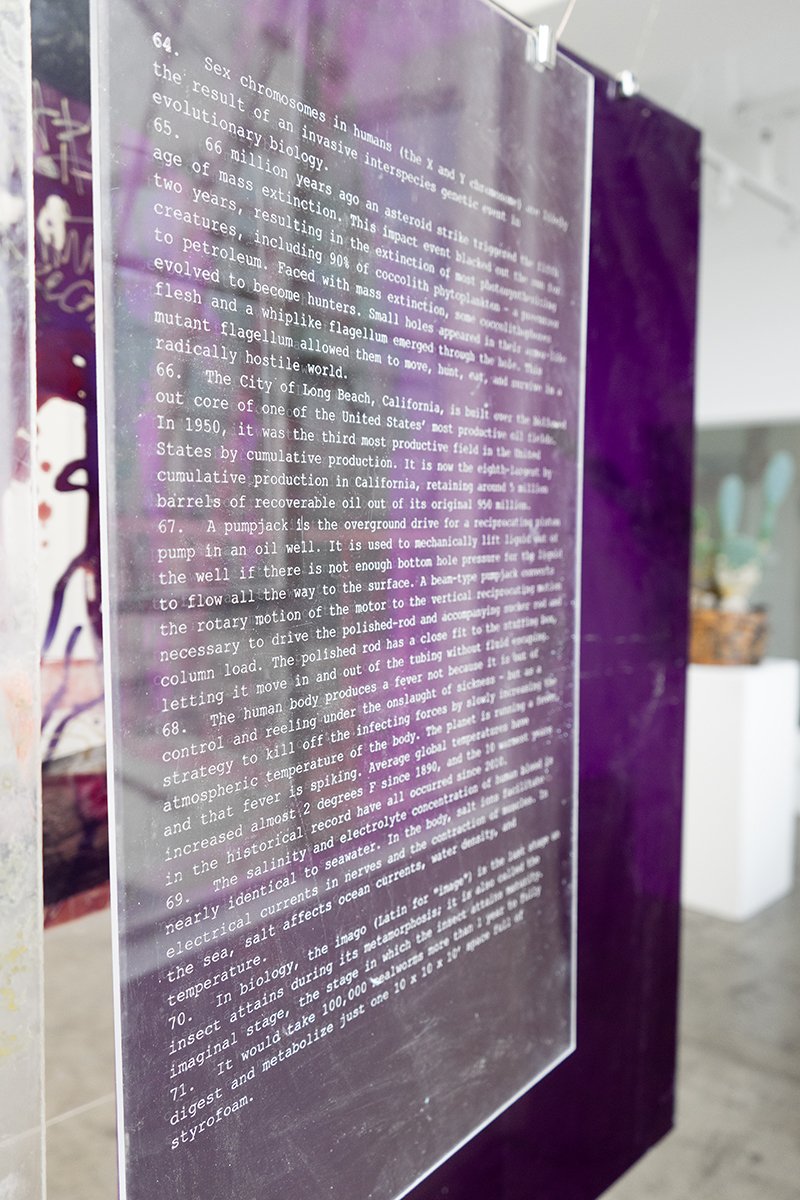
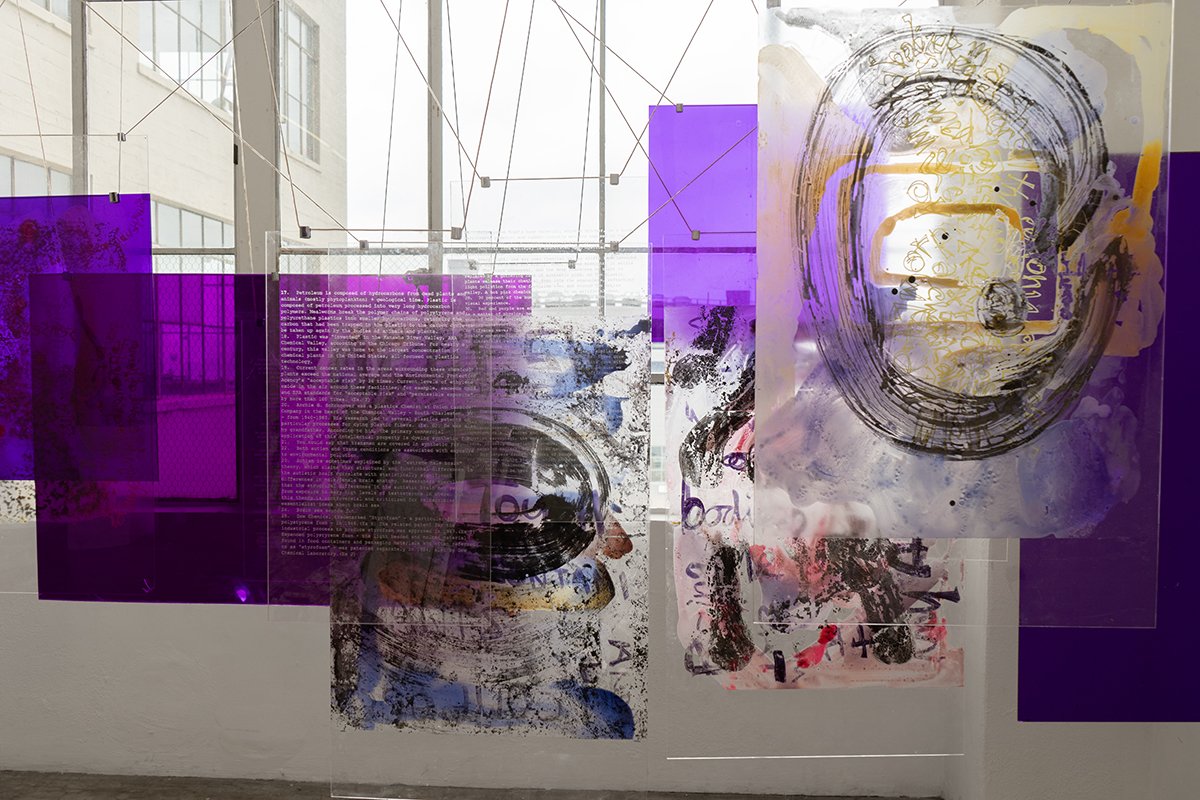
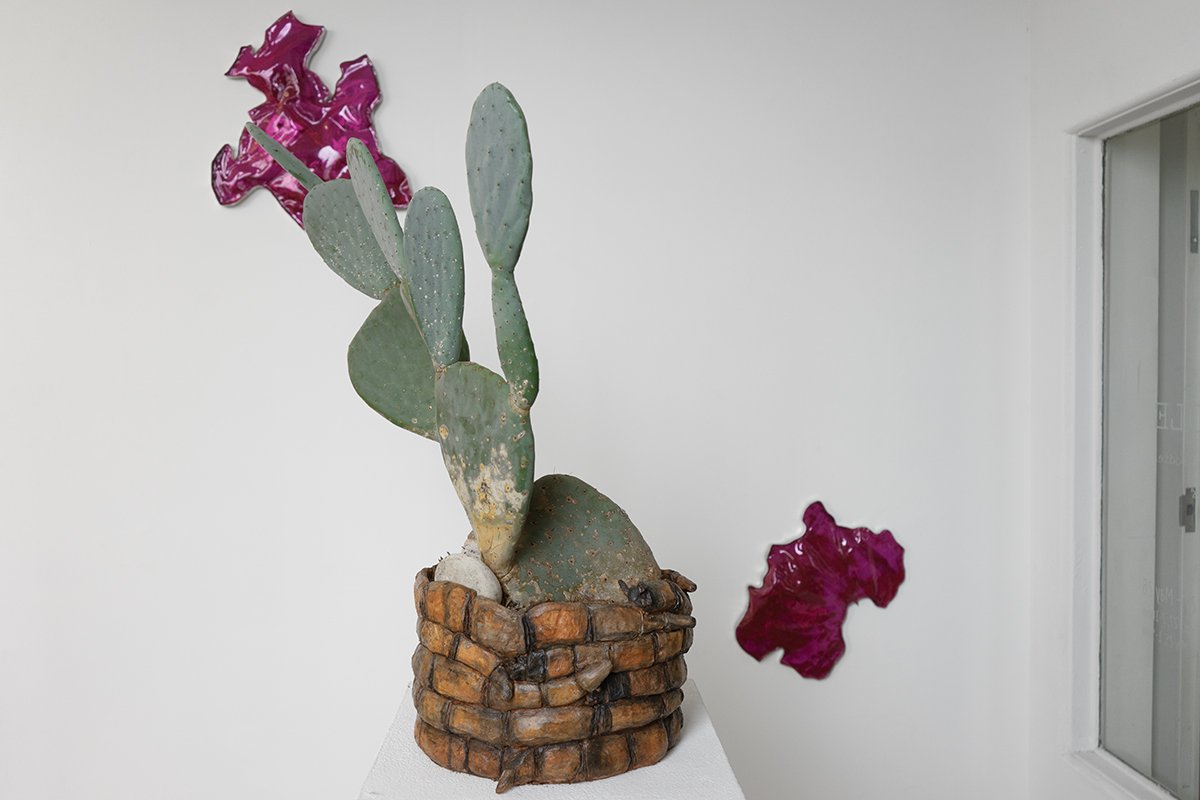

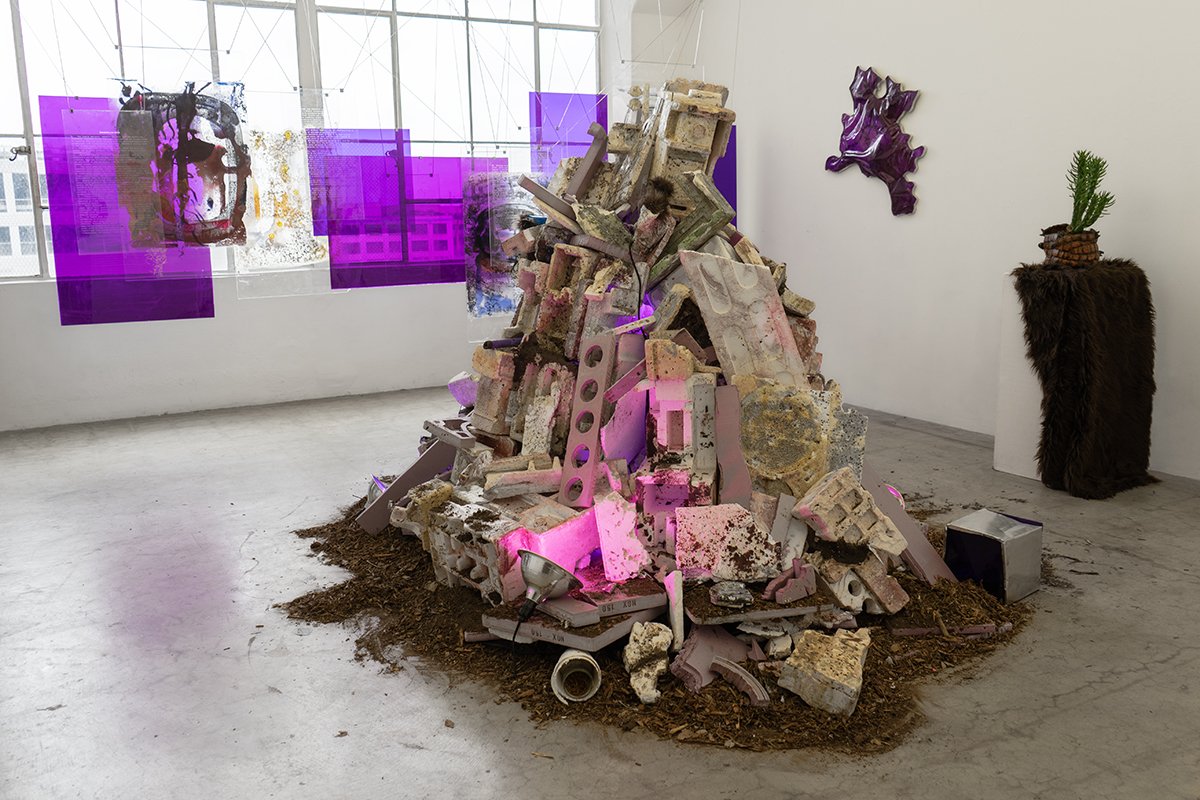
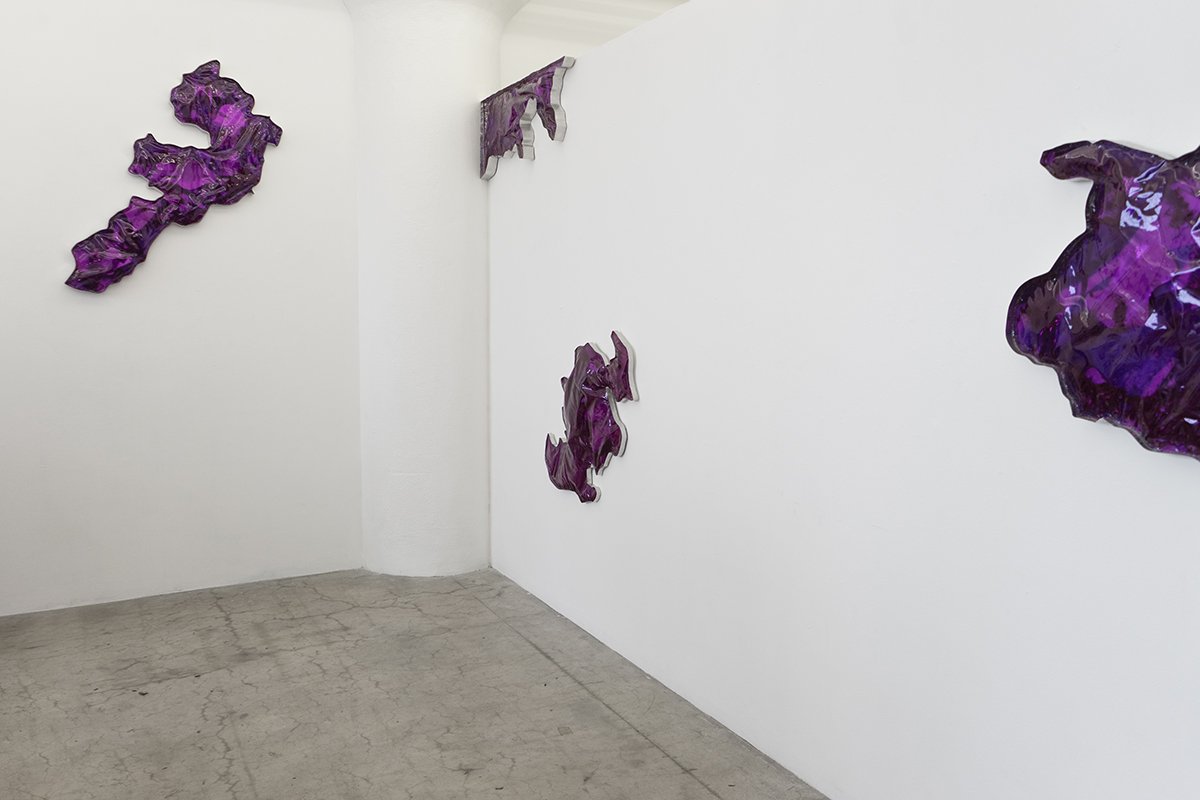
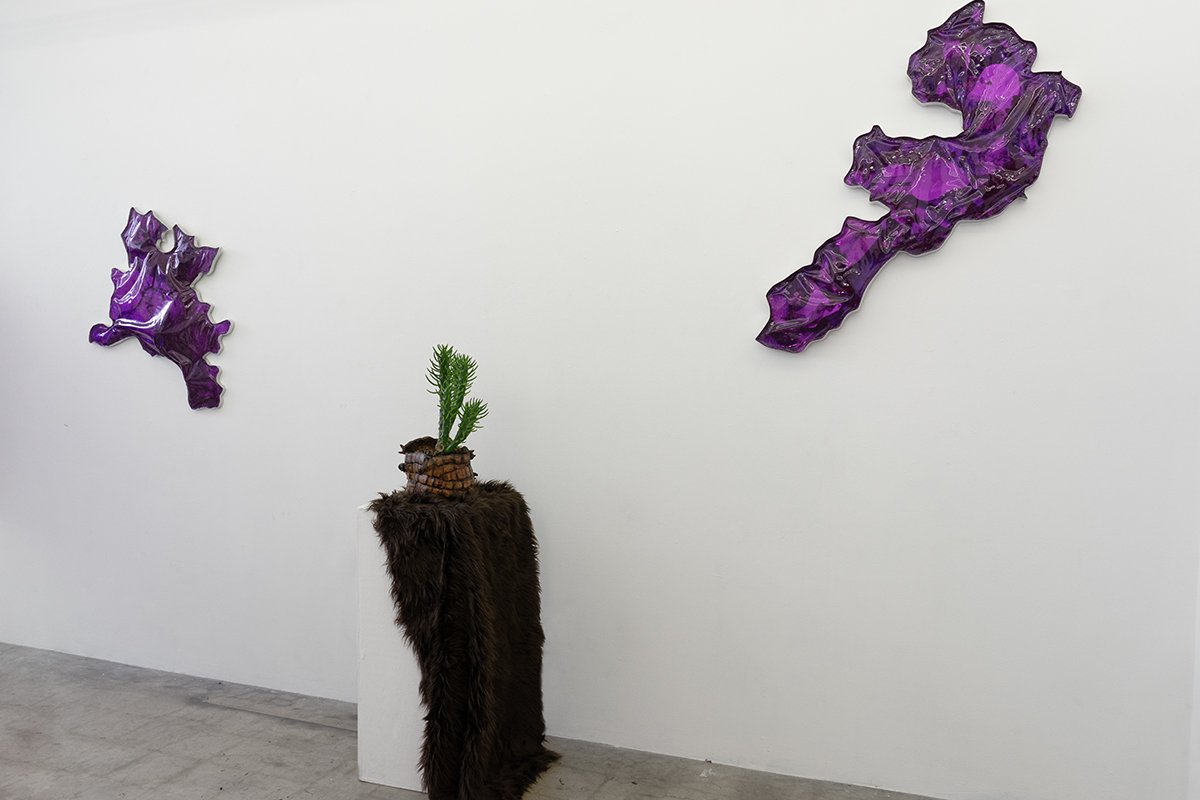
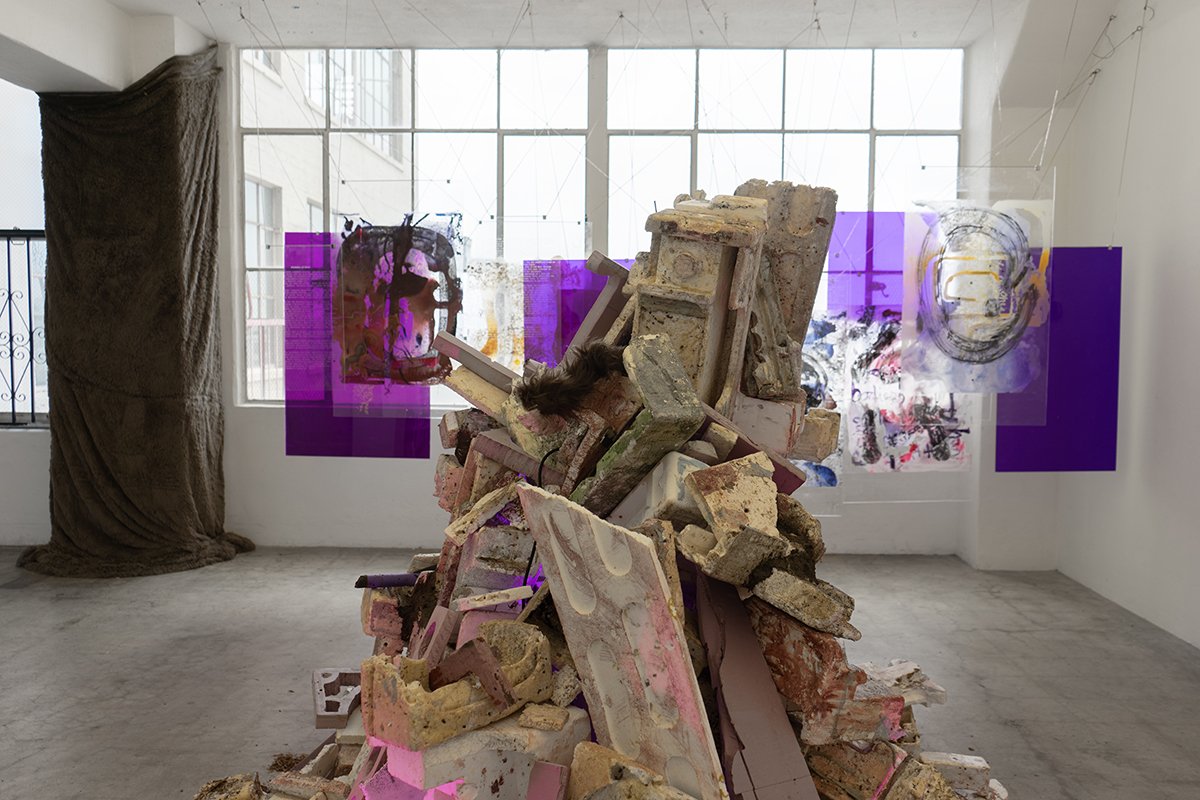
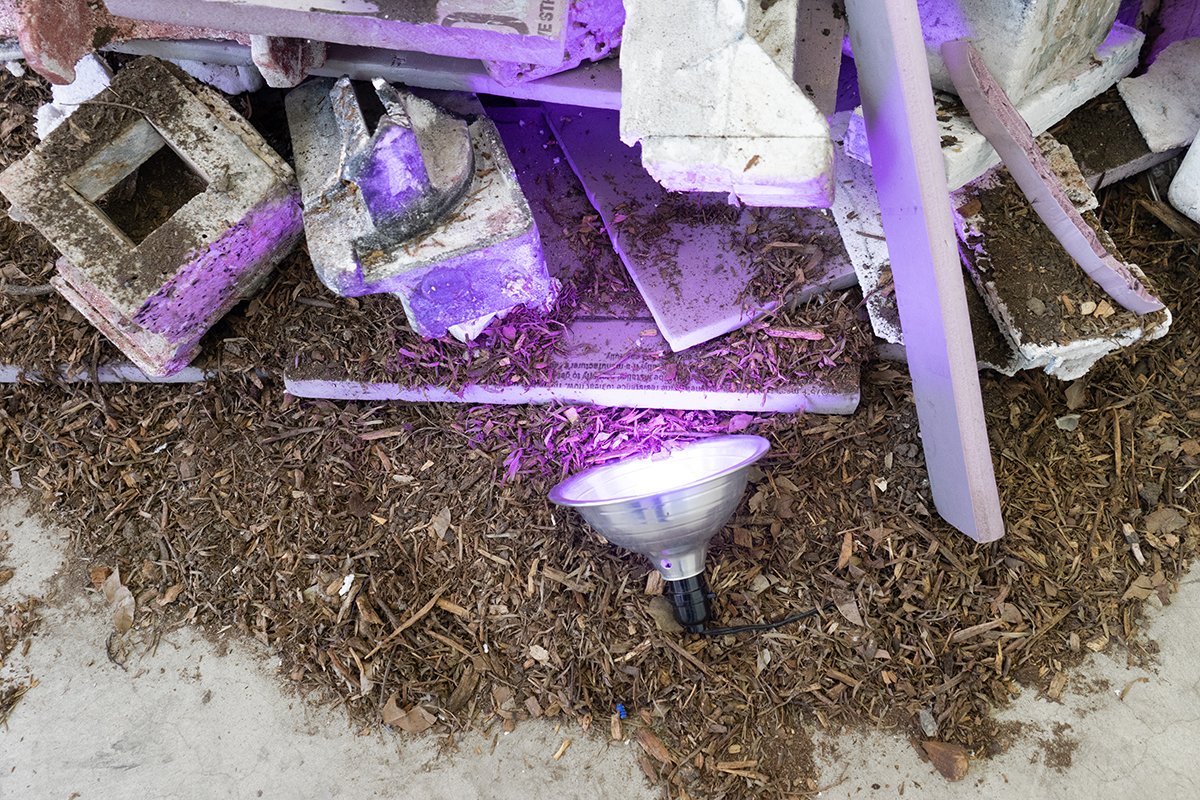
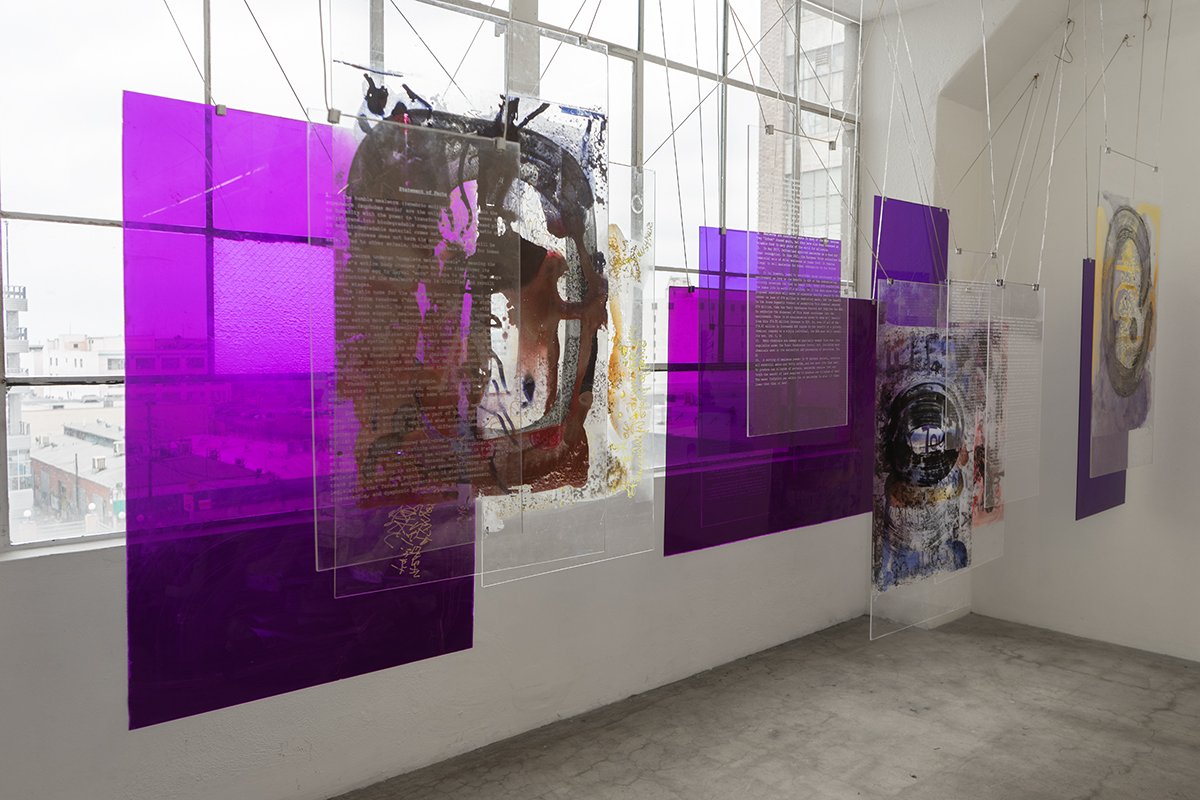
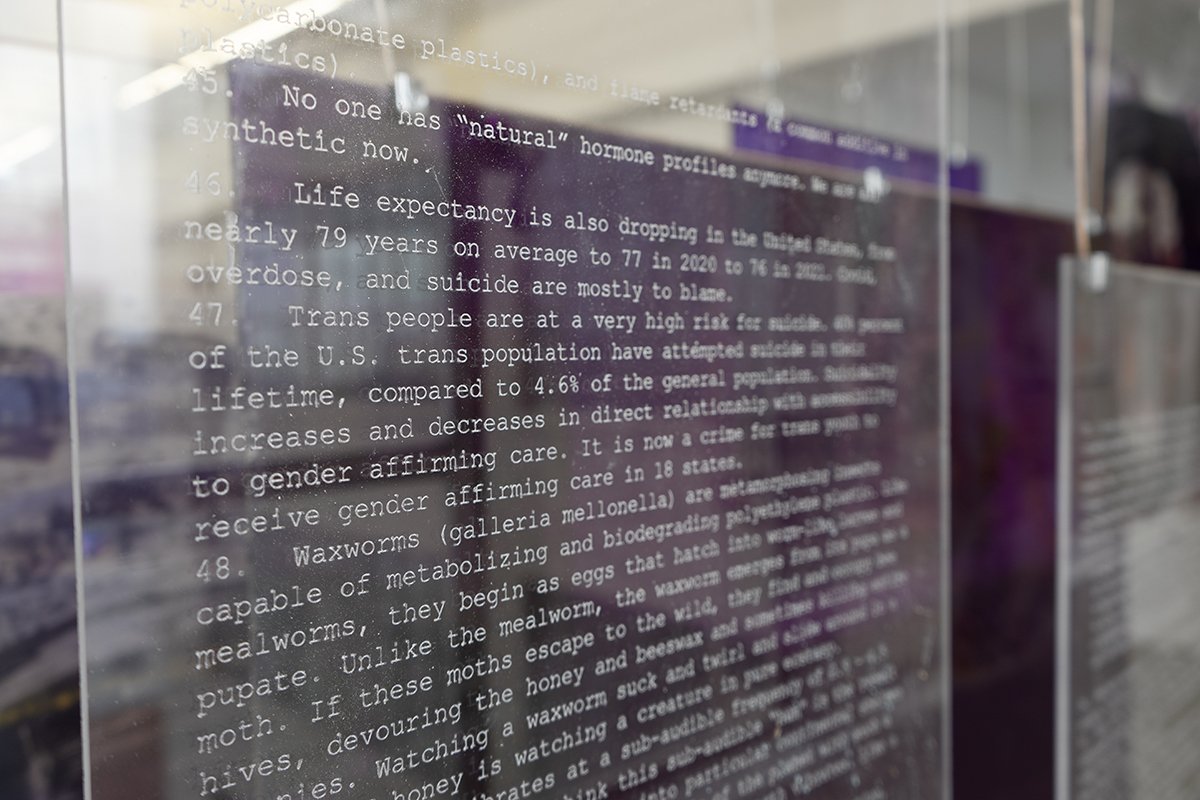
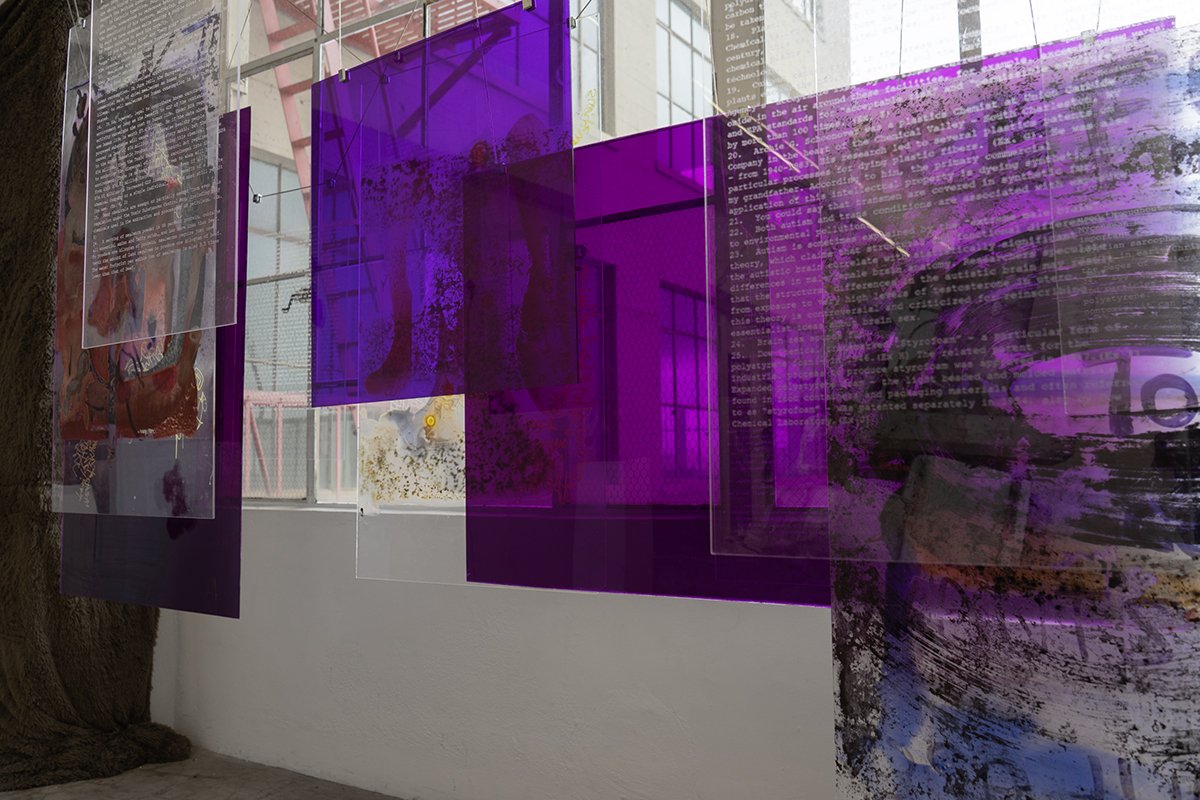
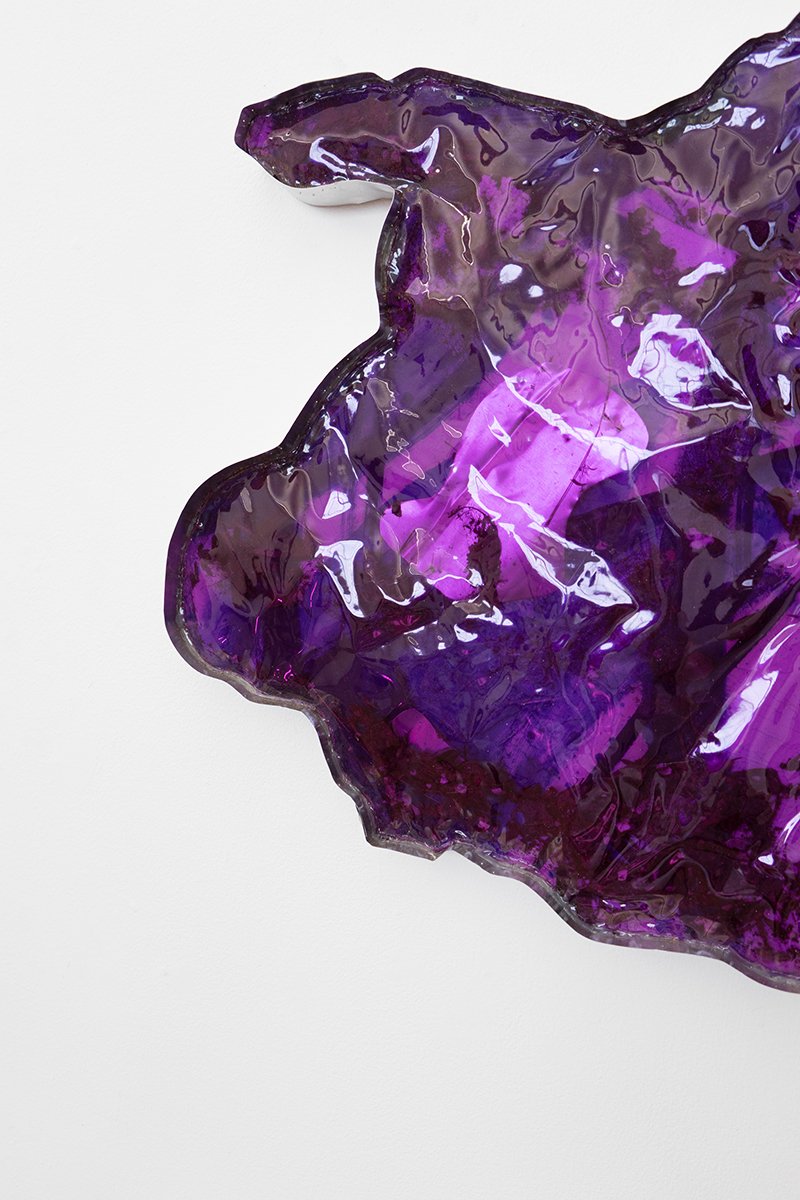
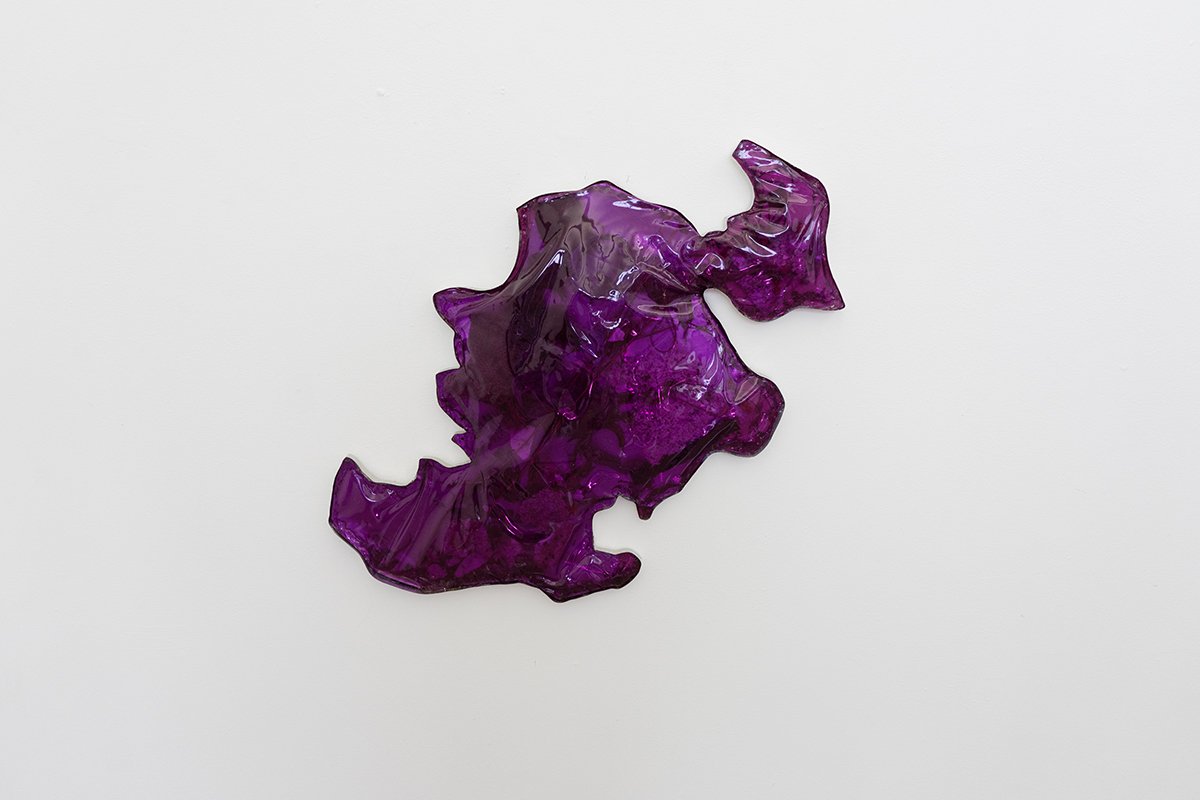
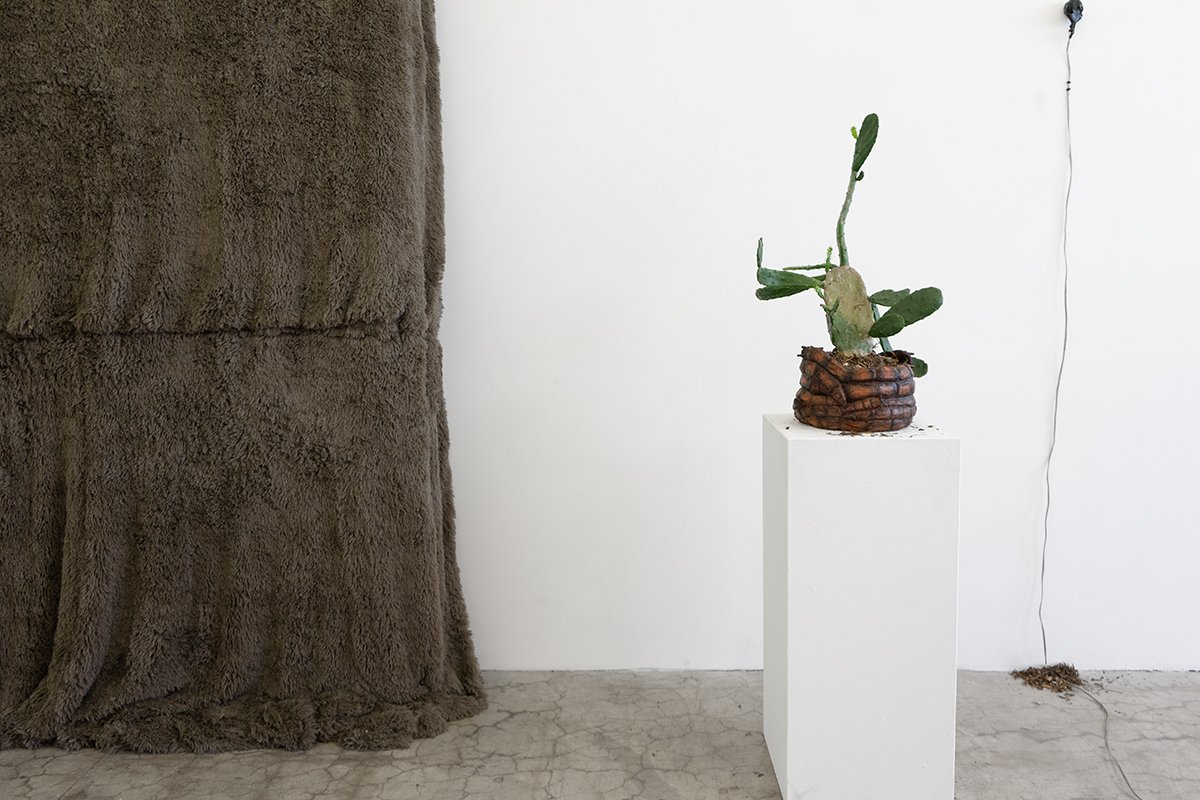
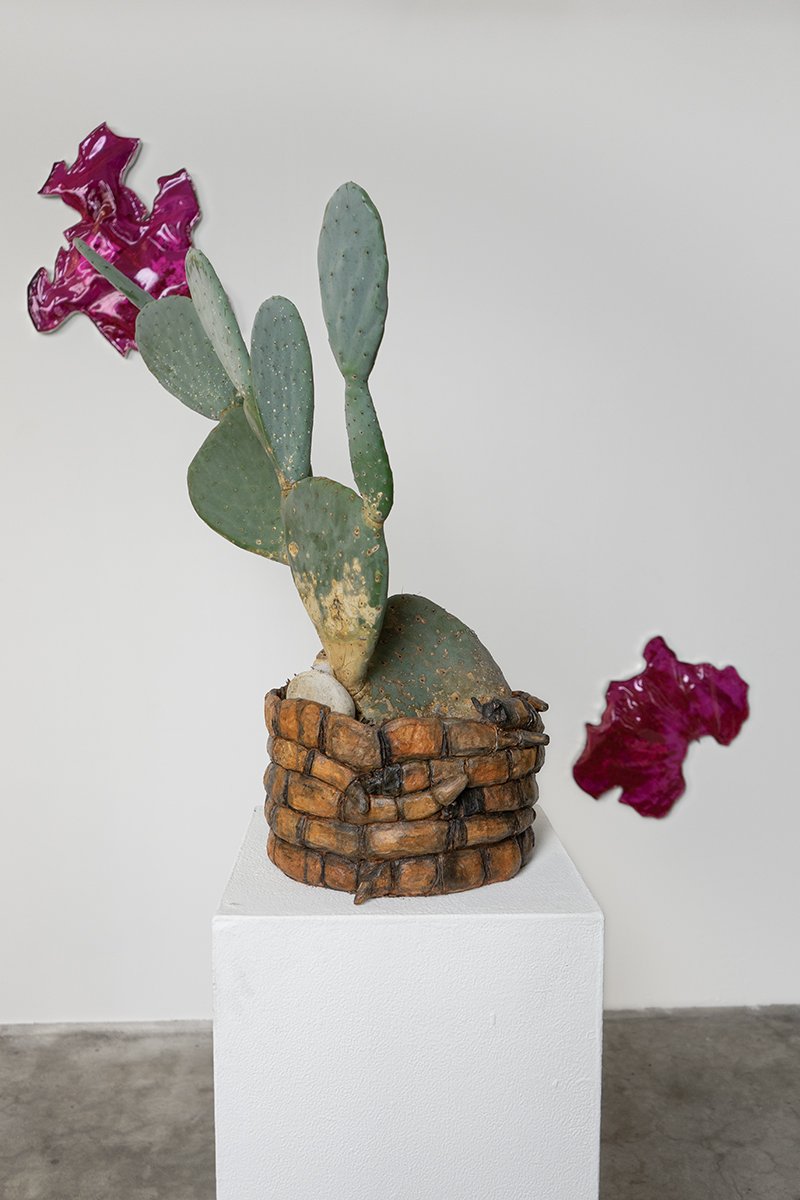
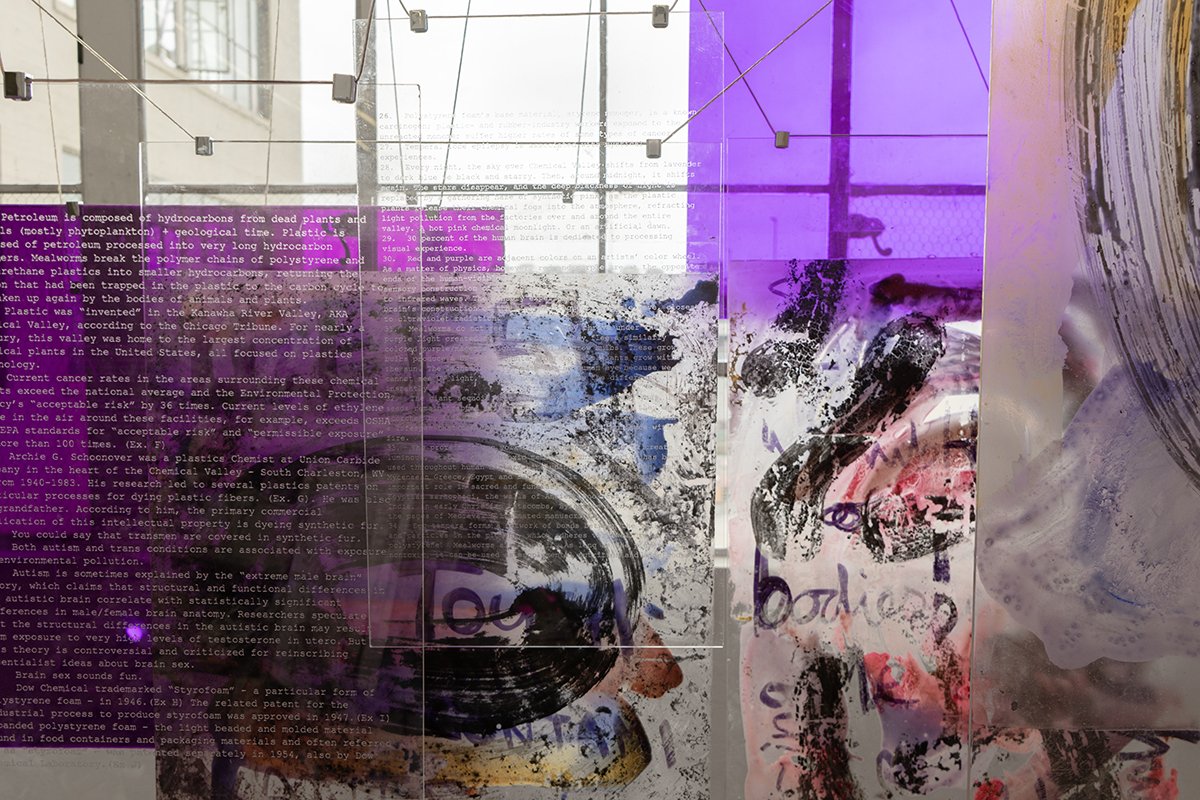
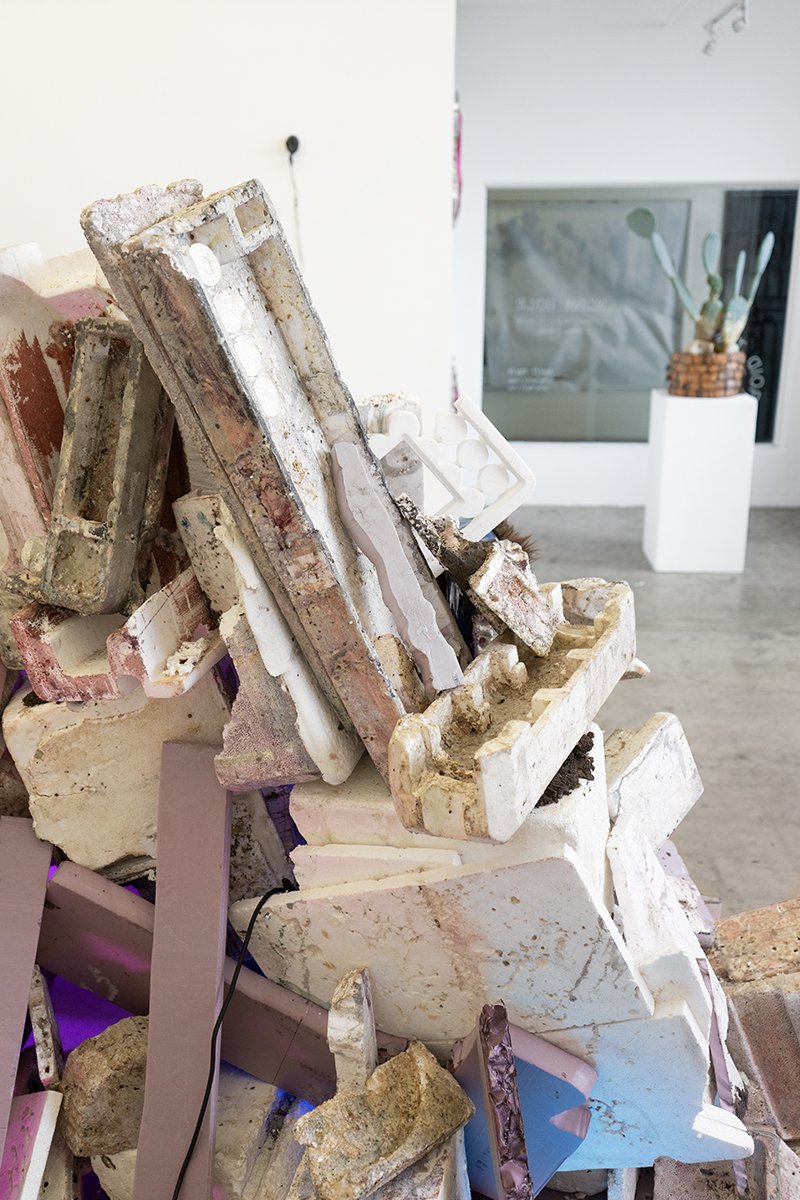


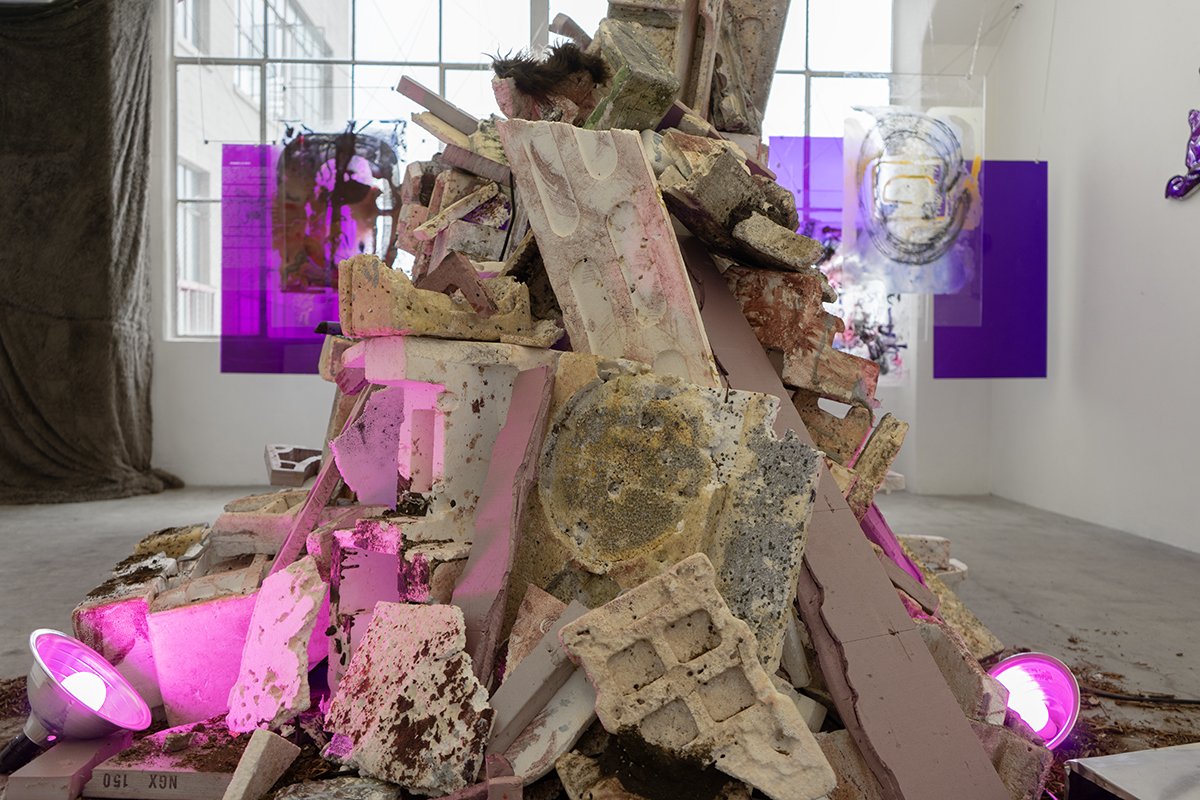

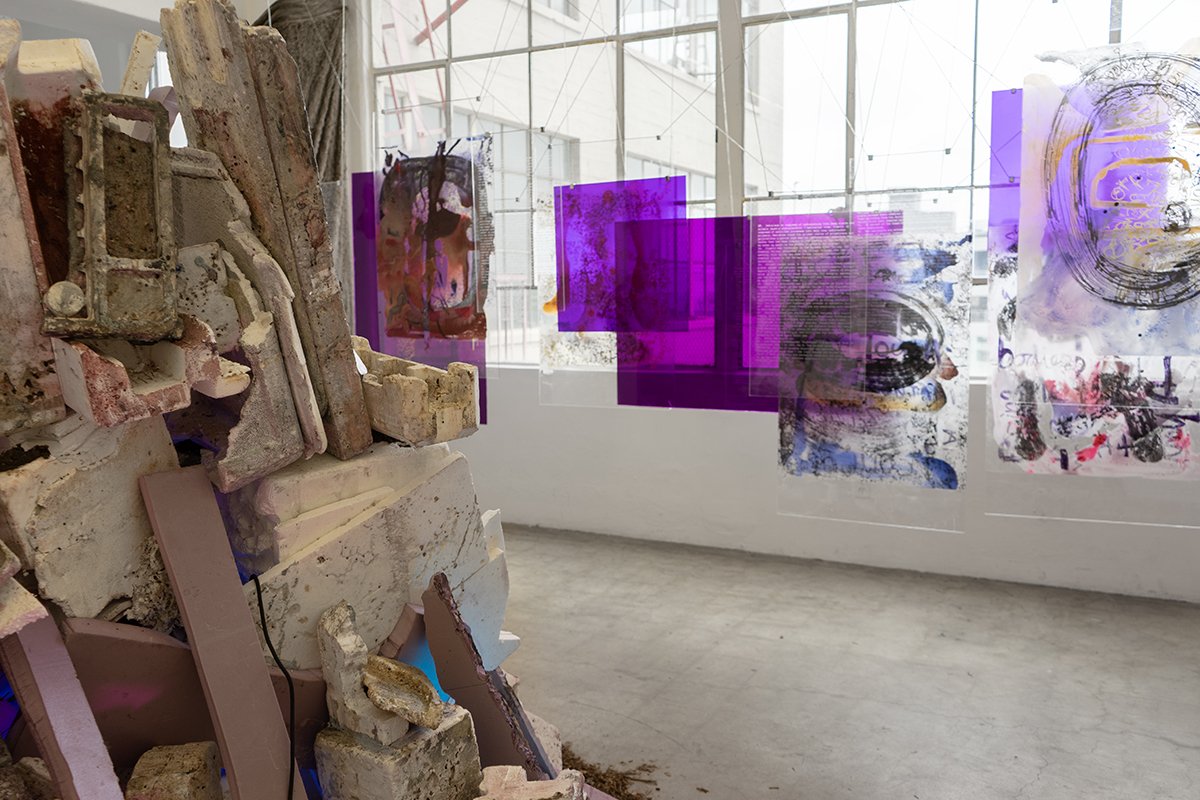
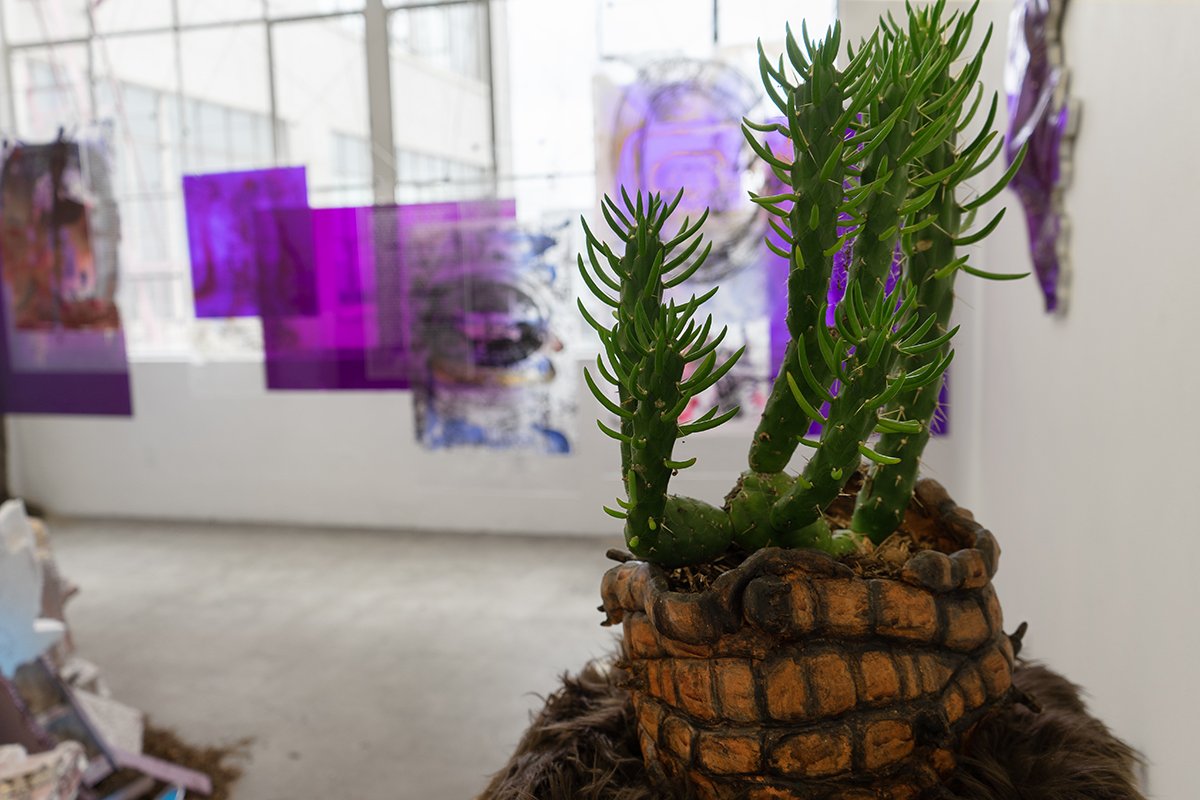
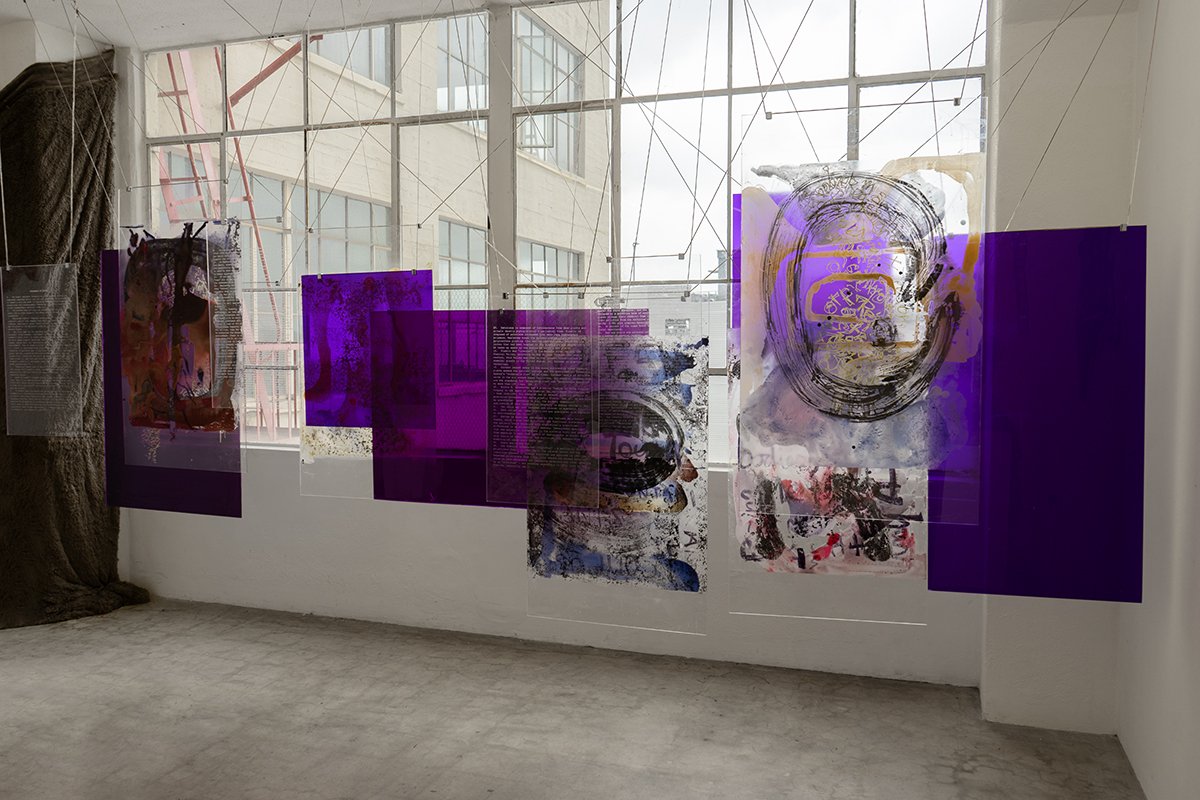
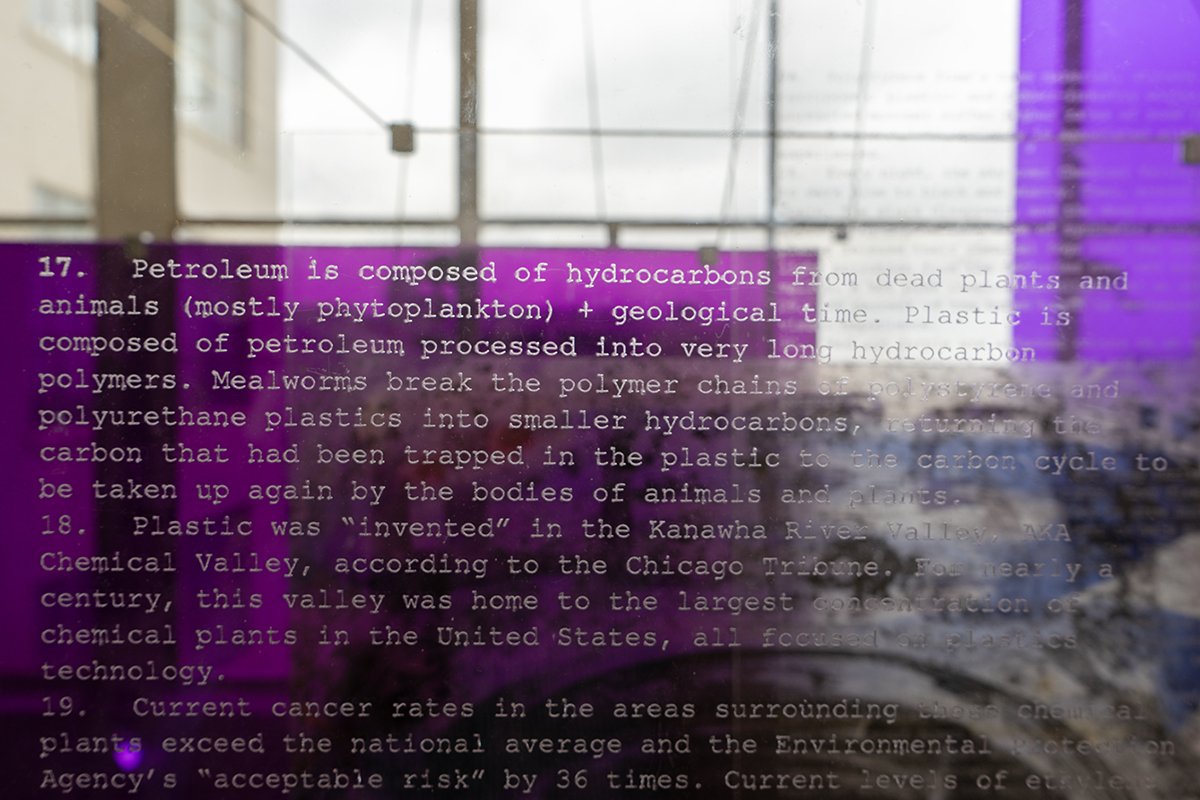
photos by Gemma Lopez
